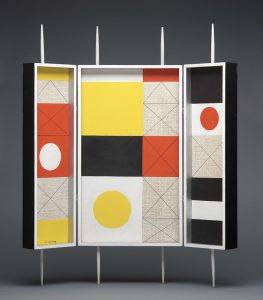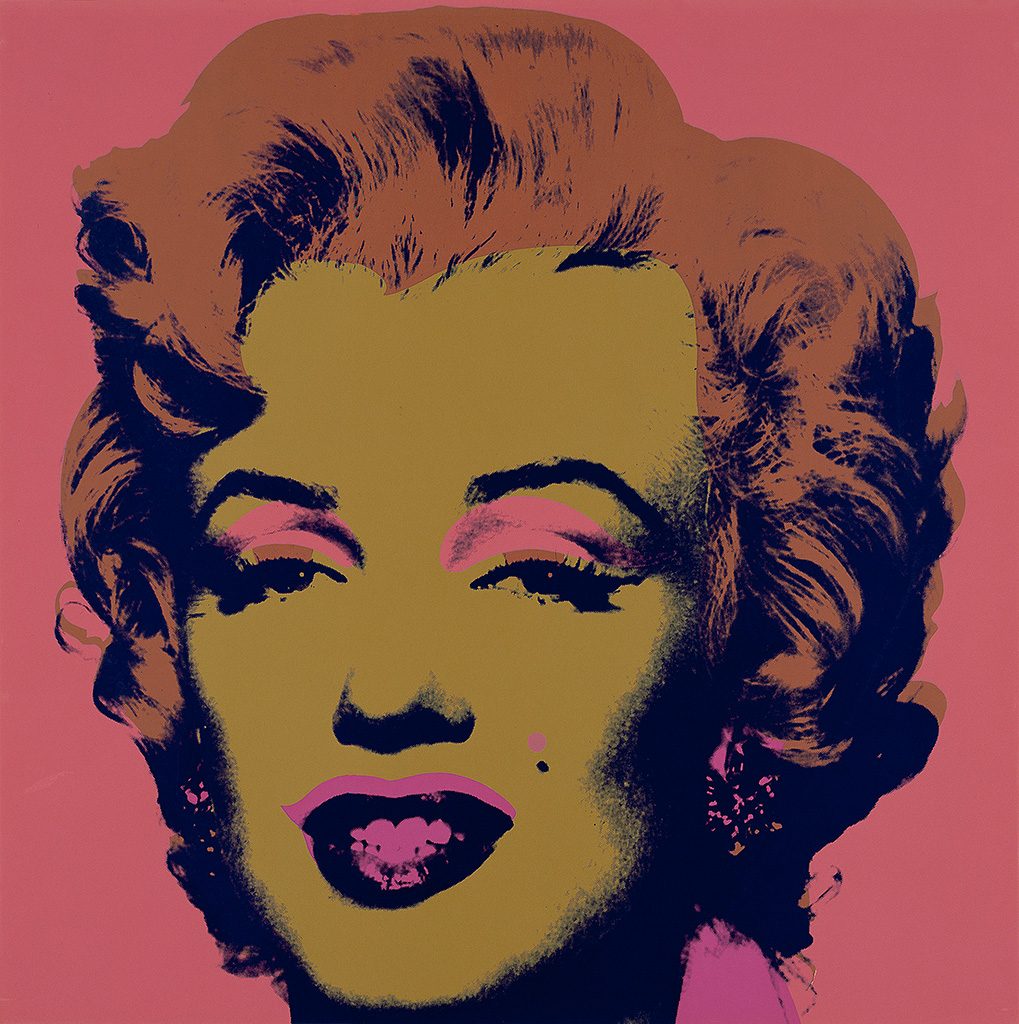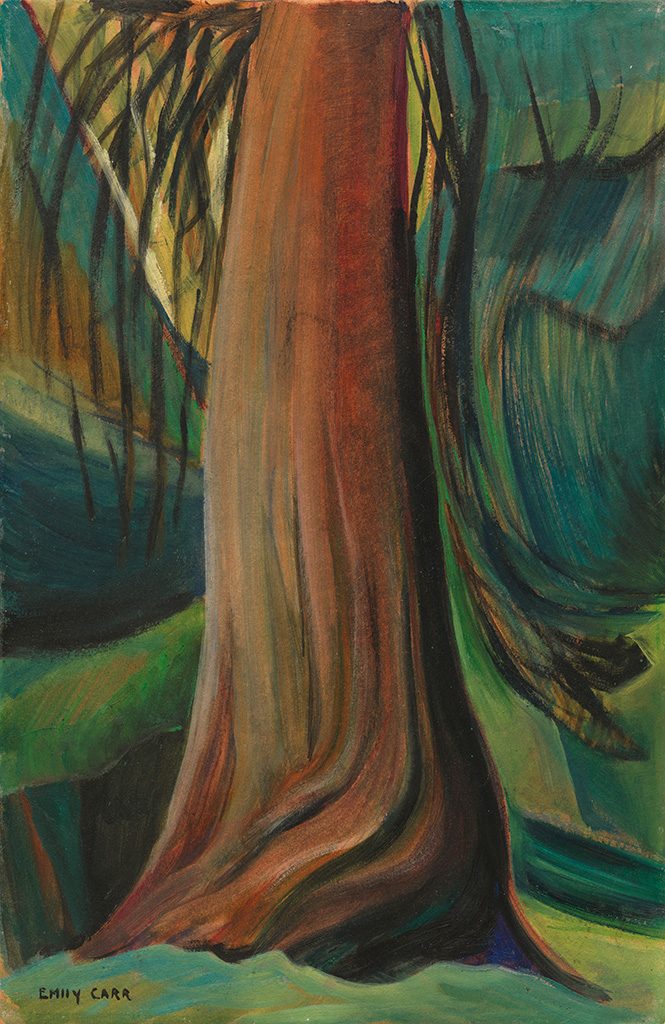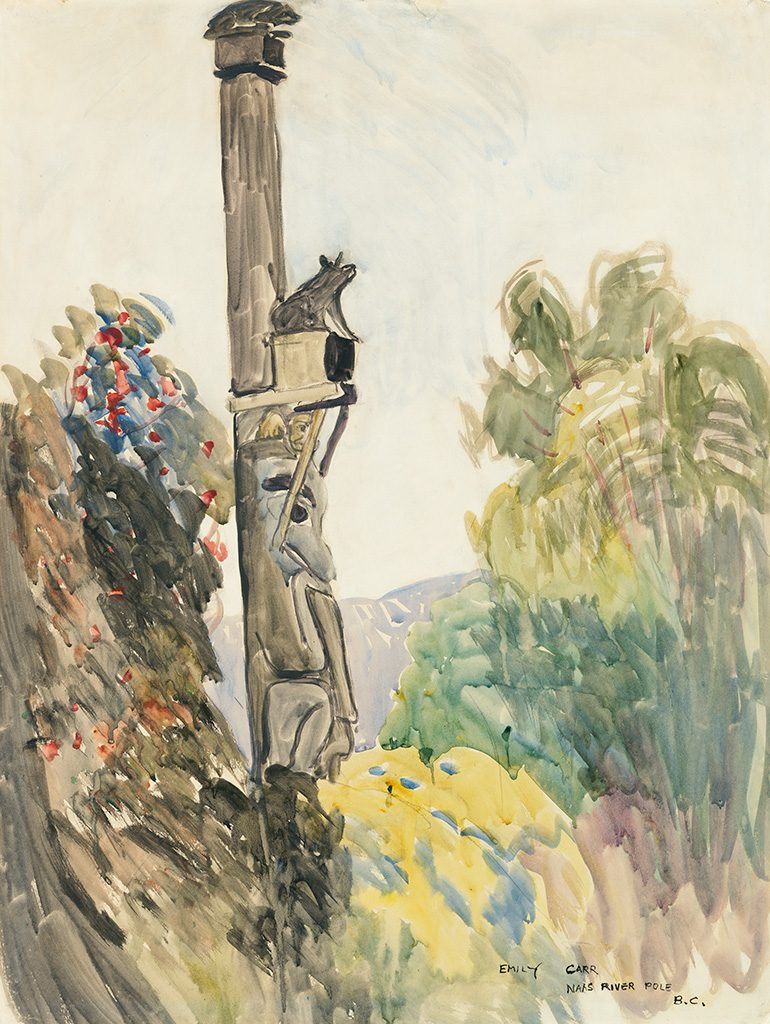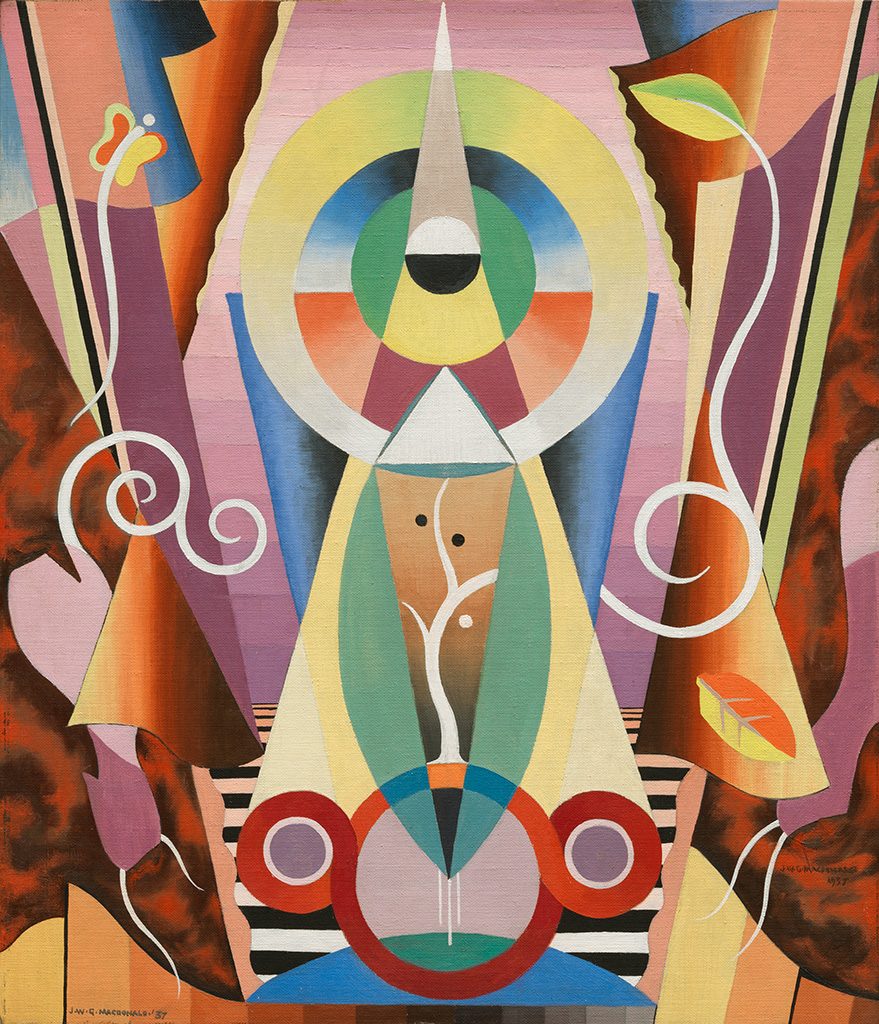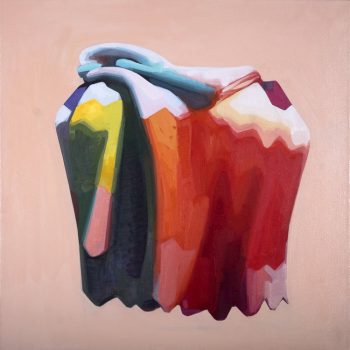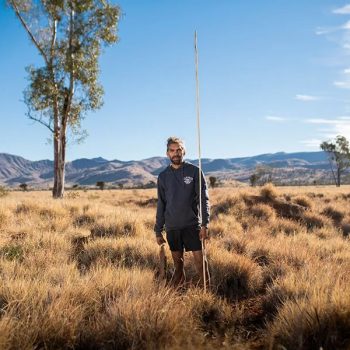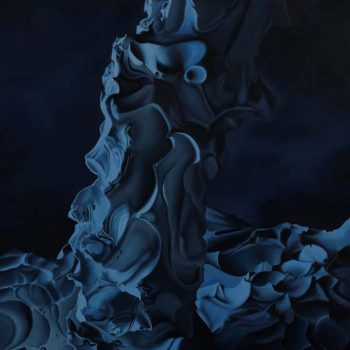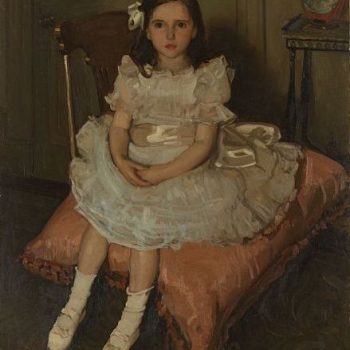A CURATOR’S VIEW: IAN THOM SELECTS
Until March 17, 2019
A Curator’s View is of personal interest because it is almost incomprehensible that curator Ian Thom could have been employed at Vancouver Art Gallery for over thirty years and curated over eighty exhibitions.
And, how would it be possible to choose just a few from 12,000 artworks?
For me, some would be non-negotiable, like Speck’s Crane, because apart from the enigmatic palette, he manages to pack so much about mid-century art and indigenous culture into a single image.

Not least the pride, determination and cultural significance of Canada’s first peoples in the aftermath of what can only be described as apalling adhoc government policies across the 19th century and into the 20th century. While that situation was the lot of many Indigenous peoples around the world in the aftermath of colonisation, the art endures; remaining vigorous, dynamic and relevant as this is.
Although Warhol is saturated in popular culture (oddly a concept exposed as his raison d’être in the Marilyn screenprints), his charisma and mystique endures, and the Marilyn’s remain enigmatic in the 21st century. Although Warhol is saturated in popular culture (oddly a concept exposed as his raison d’être in the Marilyn screenprints), his charisma and mystique endures, and the Marilyn’s remain compelling in the 21st century.
The 1967 screenprint process seems to create a soft wafting impression in the colour distribution which compounds the sense (along with the different palettes) that Marilyn Munro was an alluring chameleon in life and in death.
EMILY CARR (1871 – 1945)
Emily Carr’s uniquely modern vision of the British Columbia landscape became associated with the articulation of Canada’s national identity in the early twentieth century. More recent critiques assess the work from a feminist and post-colonial perspective.
Carr was one of the very few women artists in this period who rejected the pastoral landscapes, and domestic scenes…rather she preferred more challenging subjects with political, ecological or cultural significance.

ANDY WARHOL (1928 – 1987)
For [Andy] Warhol, Marilyn Monroe was already a familiar subject.
He initially began depicting the actress in the Marilyn Diptych, 1962, shortly after her death. Warhol created three Marilyn Monroe screen print portfolios in 1967. The dark colors are a somber reminder of the actress’s passing.
The colors ultimately bring to life Marilyn Monroe’s iconic status and celebrity glamour.
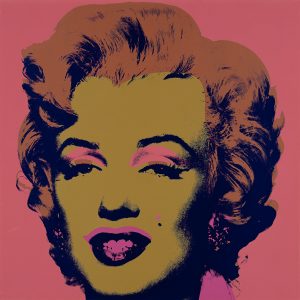
By creating repetitive imagery, Warhol evokes her ubiquitous celebrity status.
The Vancouver Art Gallery proudly showcases the span of its rich permanent collection through an exhibition of nearly ninety works including paintings, drawings, photographs, and sculptures in A Curator’s View: Ian Thom Selects.
Since the Gallery’s establishment in 1931, its permanent collection has become the most comprehensive resource for visual culture in British Columbia…Currently, its collection comprises of close to 12,000 works, hundreds of which were stewarded by former Senior Senior Curator – Historical Ian Thom during his thirty-three year tenure.
HENRY SPECK (1908 – 1971)
One of the great Pacific Northwest coast Native artists (Kwakwak’awkw), Speck was a master carver and a knowledgable traditionalist, who is remembered for his unique approach to painting. [Henry Speck’s] work has influenced generations of Northwest Native artists. [Largely unpublished] he was also a carver; he carved the houseposts for the bighouse at Alert Bay (the bighouse has since been burned beyond repair and a new big house built in its place).

Outsider Art Fair in New York
He was working very much outside of the dominant culture he was living in. He was defying art historical conventions.
From the 1930s to the 1960s, the works of Speck and other aboriginal artists were very much outside the mainstream of art in British Colombia. However, in…1967, in the exhibition The Arts of the Raven…Vancouver Art Gallery first showed aboriginal works as art. Speck’s works weren’t included in that exhibition but the catalogue still mentioned him as a significant artist.
JOCK MACDONALD (1897 – 1960)
Jock Macdonald was a pioneer of postwar abstraction in Canada and has been called one of the “greatest teachers of the century.” In 1948-1949 he went to study with Hans Hofmann in Provincetown, Massachusetts.
Macdonald was an important member of Painters Eleven as he was a teacher and mentor to several of the artists. He was painting abstracts and automatic works long before any of them, some say as far back as 1924.
LAWREN HARRIS (1885 – 1970)
Lawren Stewart Harris was a leading landscape painter, imbuing his paintings with a spiritual dimension. This derived from three years…in Germany (1904-07), where he became interested in theosophy, a mystical branch of religious philosophy that would inform his later painting. Over the course of his career,
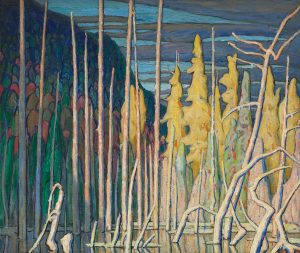
Harris’s painting evolved from Impressionist-influenced, decorative landscapes to stark images of the northern landscape to geometric abstractions. He painted in the Algoma region from 1918 to 1924…
BC BINNING (1909 – 1976) BC Binning [is] one of Canada’s foremost artists, architectural innovators and arts educators…by the 1960s, he was painting purely abstract forms… Binning… the first director of the School of Architecture at the University of British Columbia (UBC). He taught art to the architecture students
